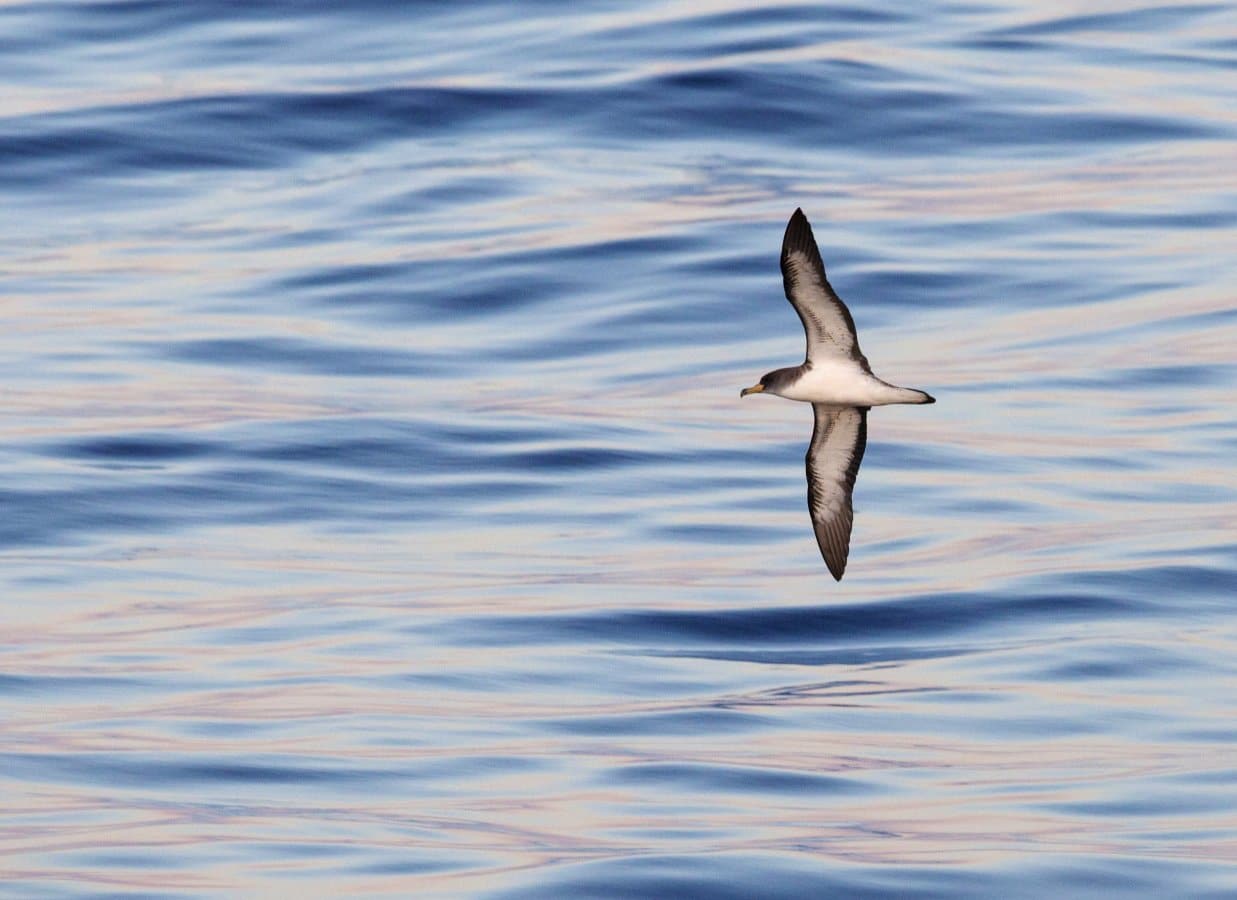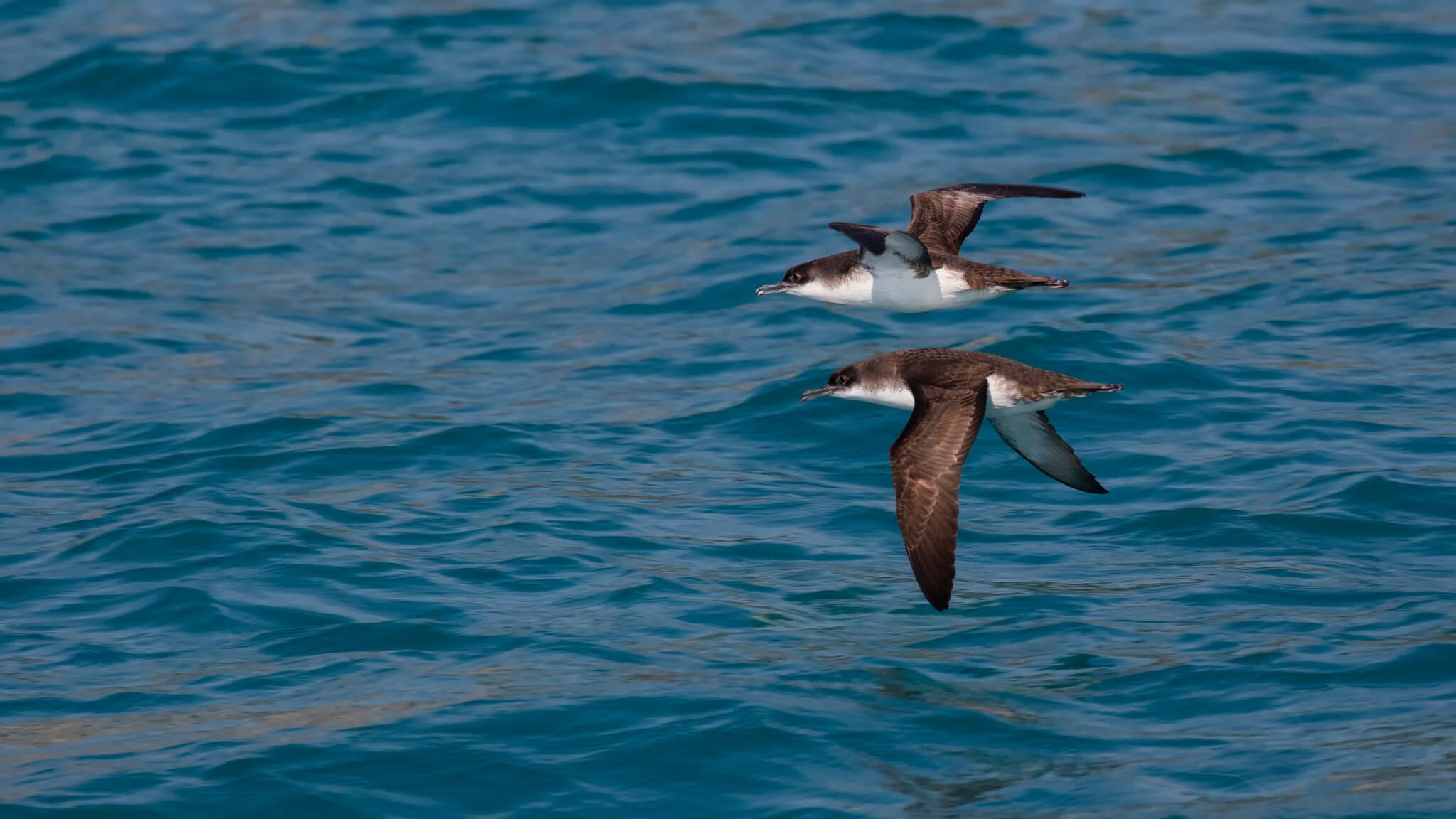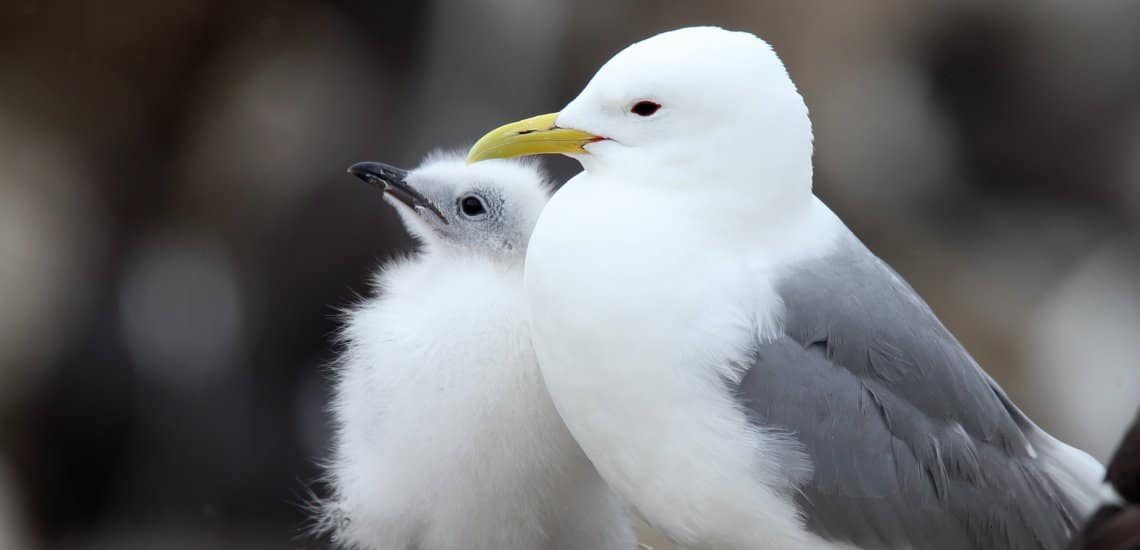Seabird of the month : Scopoli’s Shearwater (Calonectris diomedea)
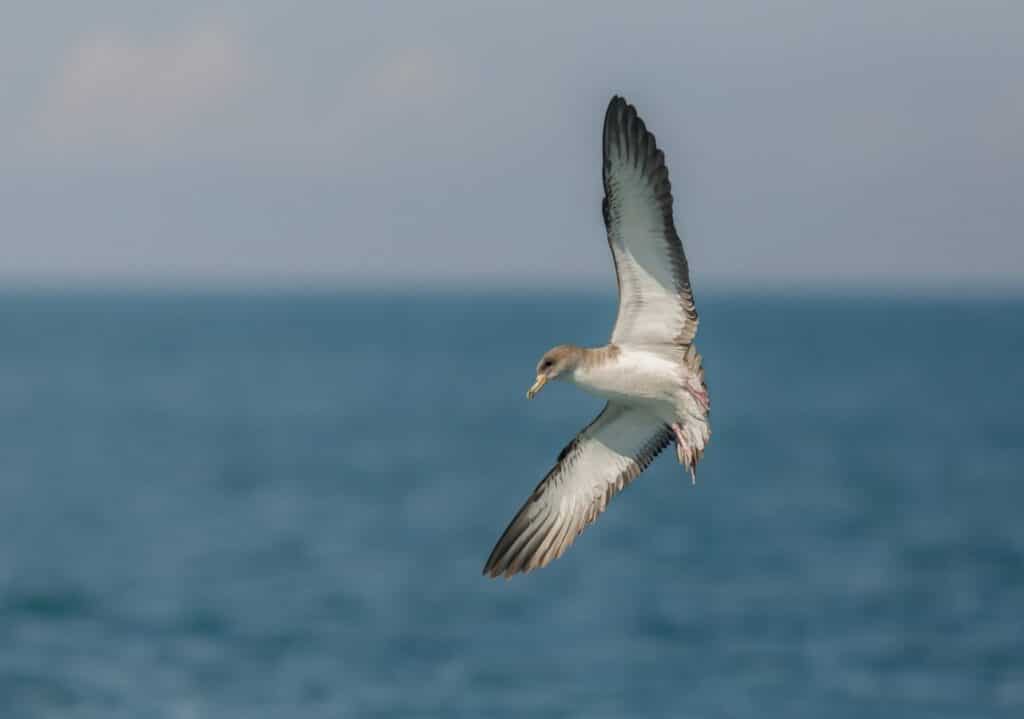
Another month, another seabird.
by Antonio Vulcano
IUCN status
Global population
142,478 to 222,886 pairs
Description
Wingspan: 112 to 122 cm
Life span: over 20 years
Distinct features: When flying, this seabird can be recognised by its long glides over the water. Up close, you’ll see that the Scopoli’s Shearwater’s feathers are brownish grey on their upperparts with paler and white underparts. Their bill is a pale yellow, with a spot of black near the tip and tube-shaped nostrils used to flush excess salt.
Main prey: Scopoli’s Shearwaters prey on small pelagic fish and squid, caught on the surface and as deep as 15 meters. They are attracted to fishing boats to feed on the animal flesh laying on the decks.
Breeding
Cory’s Shearwaters mate with the same partner at the same breeding site every year. Young birds reach maturity between 3 and 6 years of age, before which they spend their entire time at sea.
Breeding season starts in March. Females lay a single egg at the end of April, with parents sharing incubation duties. The egg hatches between the end of June and the beginning of July, and the chick fledges in October.
Scopoli’s Shearwaters mainly breed in burrows, cliffs, caves and crevices under fallen rocks in islands and islets; and sometimes inland on rocky slopes in areas with sparse vegetation. They are extremely faithful to their breeding sites, and tend to return to the colony where they were born every single year. Even juvenile shearwaters that spend their first years of life at sea return to look for potential partners.
Their migration routes differ among different populations and depending on their sexes. Changes in their environment can influence this bird’s migratory behaviour.
Population distribution
This seabird mainly breeds in the Mediterranean, including Algeria, Croatia, France, Greece, Italy, Malta, Spain, Tunisia and Turkey.
Most Scopoli’s Shearwaters winter in the Canary current (West Africa), Angola, Namibia, the East coast of Brazil, Ghana and the Gulf of Guinea.
The largest colony consists of between 113,000 and 176,000 pairs, and is found in Tunisia, on the island of Zembra. Other large colonies can be found on Linosa island (Italy), on the Stamfani and Arpyja Islands (Greece), the Ta’ Ċenċ cliffs (Malta) and Acantilados de Cala Morell (Spain).
Main threats
- Bycatch
- Invasive alien species and introduced predators such as rats
- Light pollution
- Habitat loss
BirdLife and Scopoli’s Shearwaters
Several of our partners are working hard to protect this iconic species. Our Maltese partner, Birdlife Malta, organizes boat trips around Ta’ Ċenċ cliffs in Gozo each year to see the majestic gathering of these birds before they get back to their home at dusk. BirdLife Malta also rescued Scopoli’s shearwaters’ fledglings stranded due to light pollution and gave them another chance to fly back to sea.
Thanks to the LIFE+ MALTA SEABIRD PROJECT, researchers have found the whereabouts of those shearwaters: have a look here and you will be amazed by their wintering trips. They literally know no borders!
Our Italian partner LIPU, has been collaborating since 2008 with other entities to track Scopoli’s Shearwaters during their breeding time in the main Italian colonies – here is a snapshot of their foraging trips.
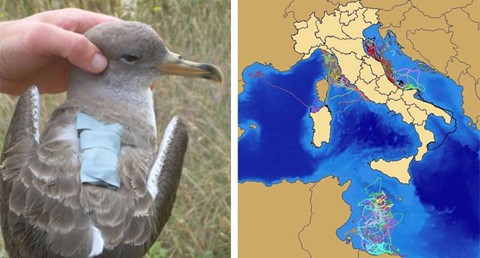
Fun facts
Malta’s oldest Scopoli’s Shearwater was recaptured during the LIFE+ MALTA SEABIRD project after being ringed 28 years earlier when she was already a breeding adult.
Did you know? The name “shearwater” refers to its great swimming capacity. His Latin name Calonectris comes from Ancient Greek kalos, “good” and nectris, “swimmer”.
Image credits: Scopoli’s shearwater, Calonectris borealis ©fabriziomunicchi
You might also be interested in:
 | Stichting BirdLife Europe gratefully acknowledges financial support from the European Commission. All content and opinions expressed on these pages are solely those of Stichting BirdLife Europe. The European Commission is not responsible for any use that may be made of the information it contains. |
